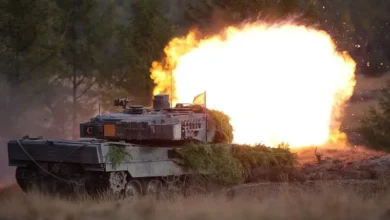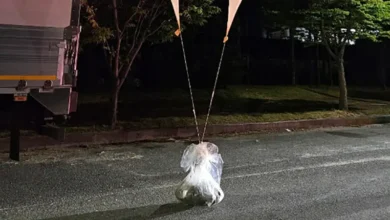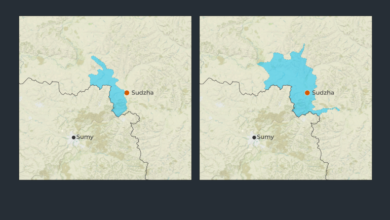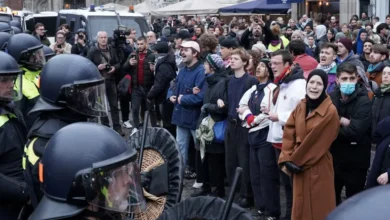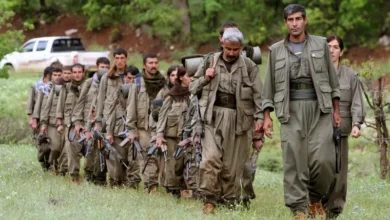Analysis: Israel’s ‘war on hospitals’ vs Hamas military exaggerations
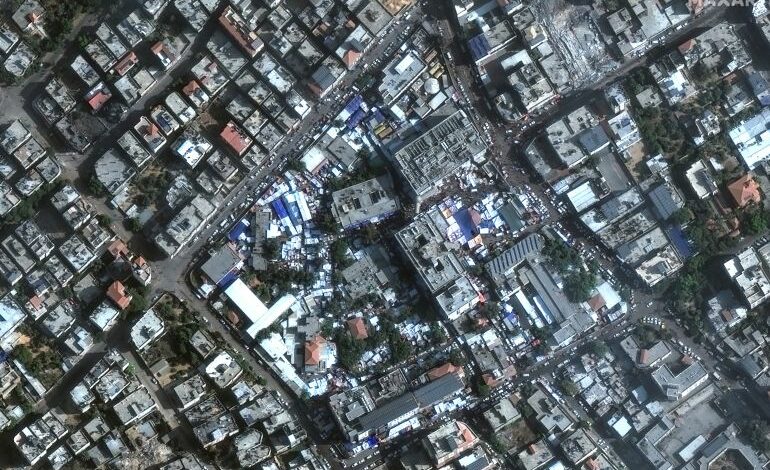
The past week of Israel’s land incursions into Gaza can be called a “war on hospitals”. Most of Israel’s military activities in the last few days appear directed at or around the medical facilities in Gaza City.
On Wednesday morning, the Israeli army raided al-Shifa Hospital, the Gaza Strip’s largest, after surrounding it for several days, targeting its compounds and their immediate surroundings, and according to doctors inside, firing occasionally, using snipers. On Tuesday, the Gaza health ministry said at least 40 people had been killed at the hospital.
The Israeli side insists that the Qassam Brigades of Hamas have underground command centres or other facilities under some of Gaza’s hospitals. Hamas strongly refutes that claim.
Palestinian and international medical staff and aid organisations are desperately demanding a halt to the attacks and for medical supplies, water and fuel to be urgently delivered to the hospitals.
In modern warfare, there is usually some neutral body on the ground that can act as an intermediary between the warring parties. Even enemies need to talk, arrange local ceasefires to evacuate dead and wounded, exchange prisoners of war and let civilians out. Talks at higher levels, direct or through intermediaries, often happen at a neutral venue away from the battlefield. Qatar and other countries are playing key roles in hostage negotiations between Israel and Hamas, but there is always a need to communicate on the ground as well.
Often that task is undertaken by the International Red Cross or Red Crescent, whose representatives, experienced and usually very tight-lipped, have helped alleviate much suffering in past conflicts. Yet, despite the presence of several trusted organisations there seems to have been no attempt made by Israel to have them confirm or deny the existence of such military facilities in those unfortunate hospitals.
I was able to examine commercial satellite images of the area of recent Israeli operations in northern Gaza and, despite their fairly low resolution — which often makes accurate identification of fine detail impossible — they reveal many interesting facts.
They clearly confirm that Israel attacked in three columns. Two of them, roughly of equal strength, each with 200-300 vehicles of all types, advanced along the main axes. One drove south from Israel along the coast, covering up to 2km (1.2 miles) in width to reach Jabalia. The head of that column has now reached the last open ground before the Shati refugee camp.
The second main column cut across the Strip south of Gaza City. When it reached the sea, it turned north along the coast and has now stopped and dug in just before the harbour. Elements of this column advanced into the area leading up to al-Shifa Hospital and have now entered the medical facility.
The third, smaller, column moved in from the Erez checkpoint towards Beit Hanoon. Unlike the two main forces whose basic job was to take ground and clear Hamas fighters from it, this group seems to have had two purposes: to deny Hamas the possibility to flank the main columns, move around them and attack from the sides, and also to draw fighters to an additional open-ground front. It has reached the first houses of Gaza City proper and is now positioned there.
